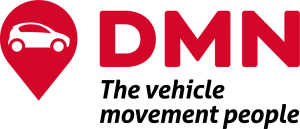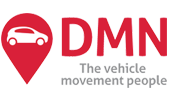EV Handovers are vital
 Handover is becoming an increasingly vital part of the vehicle delivery process as more fleets adopt electric vehicles (EVs), according to DMN Logistics.
Handover is becoming an increasingly vital part of the vehicle delivery process as more fleets adopt electric vehicles (EVs), according to DMN Logistics.
The Birmingham-based national vehicle movement and inspection firm says handover is the driver’s best chance to find out as much information about their new vehicle.
With the increase in online vehicle transactions, many drivers may be less familiar with the actual functionality of vehicles with some only seeing their new car or van for the first time on delivery.
With operational differences and different driving and charging experiences, DMN says vehicle delivery operatives are best placed to inform, educate and offer quick and practical demonstrations during the vehicle handover.
Nick Chadaway, managing director at DMN Logistics said, “When taking delivery of your new EV you should take the time to become accustomed to the new vehicle and use the time with the delivery driver wisely. Our vehicle delivery operatives have had to adapt to new learning systems and therefore are best equipped to advise new car owners on how to drive an EV most efficiently.
“They are in the best position to ask for advice, and we suggest customers utilise their knowledge to gain familiarity and a better understanding of their new vehicle so that they feel more confident making the switch.
“It is vital to gain as much insight into the vehicle before getting on the road.”
DMN Logistics has outlined some key tips for drivers taking delivery of a new vehicle:
- Before the delivery of your new vehicle, think about questions you have about the car to ask the delivery operatives – they will be able to answer your questions as they drive these vehicles every day.
- Ask about the basic differences in driving an ICE to an EV, especially slowing down / braking. The answer should help you feel more confident in driving it for the first time.
- Ask about charging. Delivery operatives can explain the ‘handshake’ between the plug and the car so that you are aware of the correct technique to use to ensure efficient charging and no delays.
- Ask about any features included in the car to help with driving efficiency. Ask for a demonstration of the technology to gain a better understanding and real-time experience on the software.
- To help deter range anxiety, ask questions about expected mileage in relation to battery charge levels. The operative will be able to give you a ‘typical’ mileage on a certain percentage of charge. It is also a good idea to ask about eco-mode and how this improves range.



